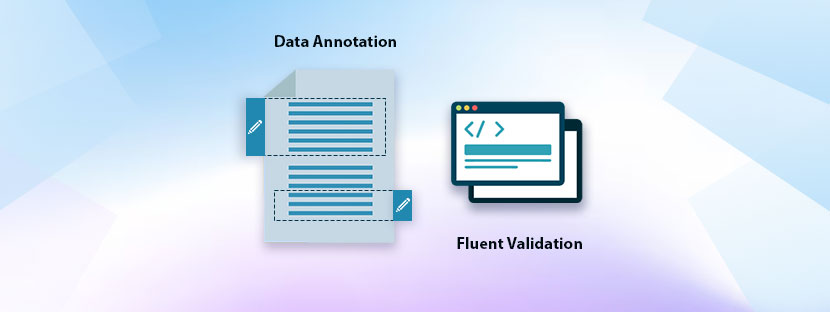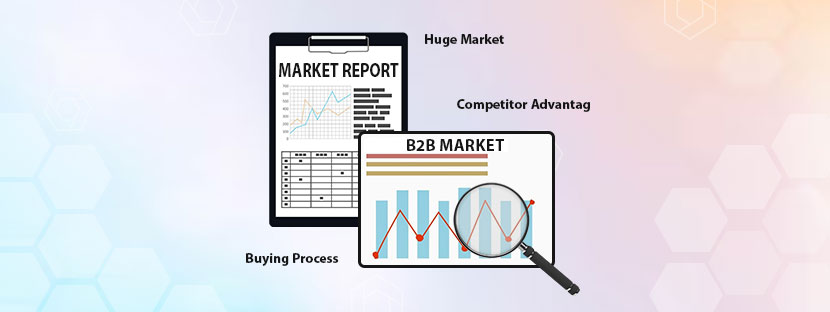Valid data is the heart and soul of every business operation. A little compromise on data validation can hurt the fluency of your business operations. To avoid it, you just need to ensure all your data is authentic. It becomes highly crucial when it comes to testing web applications and training machine learning systems. So, fluent validations of data are everything that matters here the most!
Data annotation and fluent validations go hand-in-hand when it comes to validating input data. Both techniques are helping together to develop robust AI (Artificial intelligence) models that focus on automating business tasks. Let this blog show you how differently both techniques work with a thoughtful discussion.
Need for fluent validations
Fluent validation is a subject of the .NET framework and is a very strong tool. It completely relies on stronger validation rules. Having a strong data validator sometimes ensures fluent validations of data on time. However, businesses in many cases face issues due to the differences between business logic and validation logic.
Validation logic plays differently than business logic as it makes the datasets complete. When business logic gets applied to datasets then it would reflect different pictures. Therefore, fluent validation is there that prevents datasets from getting maligned due to business biases and notions.
Plus, fluent validation comes with a big advantage; which is you can set separate validation rules for different data points. Hence, you can build data models and structure them into your desired format which would make the data more user-friendly.
Question to consider:
My data models are quite complex and they are built on separate data validation logic. Should I use fluent validation?
Absolutely yes! Go for it. Fluent validation can efficiently handle complex data validation logic and it works in separate validation logic. Adopting this technique will be the best option for you.
Relevance of data annotation support
Data annotation is essential when it comes to developing machine learning models. The process of annotating data involves labeling, tagging, and categorizing data. The work is quite complex and it needs a constant flow of validated data. If the quality of the data gets compromised by anyhow then the AI/ML model may not be able to deliver accurate results. Therefore, you need to take additional take care when you working with data annotation.
For a supervised computer system to function like a human, it needs accurately labeled data. Data annotation is the process that helps computer systems understand input patterns and then respond accordingly.
When the AI system is built on accurately labeled data then it improves the accuracy of outgoing information. Hence, it allows the AI algorithms to generate better results under different setups and scenarios. So, the quality of the data in data annotation matters the most and you need to take care of it completely.
Comparison between fluent validations and data annotation
To get the difference between both processes, you need to understand that there is no clear distinction between these two. One process complements another. Anyway, if the difference exists then it is possible due to the level of simplicity. Data annotation itself is a complex process whereas fluent validations of data are a little sophisticated.
Fluent validation can sometimes help to build AI/ML models on its own. It suits the best when the requirement for accurate validation is quite complex and divided into multiple layers. However, on the other side, data annotation represents a completely new picture. It does not require repetitive validation rules to support the training data.
Data annotation takes the dominant position when;
On the other hand, fluent validations of data take up the dominant position when;
Together that matters
Data annotation and fluent validations both have their unique strengths which make them compatible under different scenarios. However, for the difference, you need to set your choice first; only then it will be easy for you to choose the right technique.
For example, you need more control over your data and want to lay your own validation rules. Therefore, you must go with fluent validation in this case as it fits your scenario the best. However, when you need a ready or prepared set of validated and annotated data then you must go with data annotation. Relying on an outsourcing company like ASKDATAENTRY can elegantly help you here. For any data annotation needs, you can approach to any outsourcing service provider. Many global companies choose India to meet their urgent demands. Outsourcing opens doors for many things.











